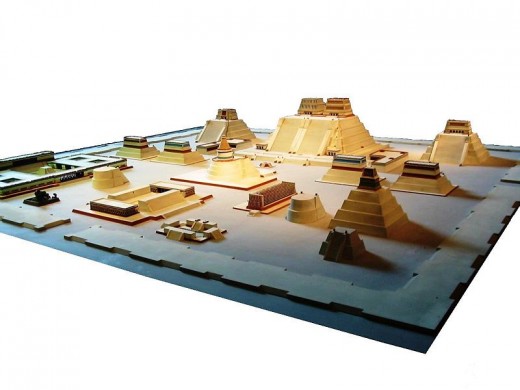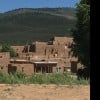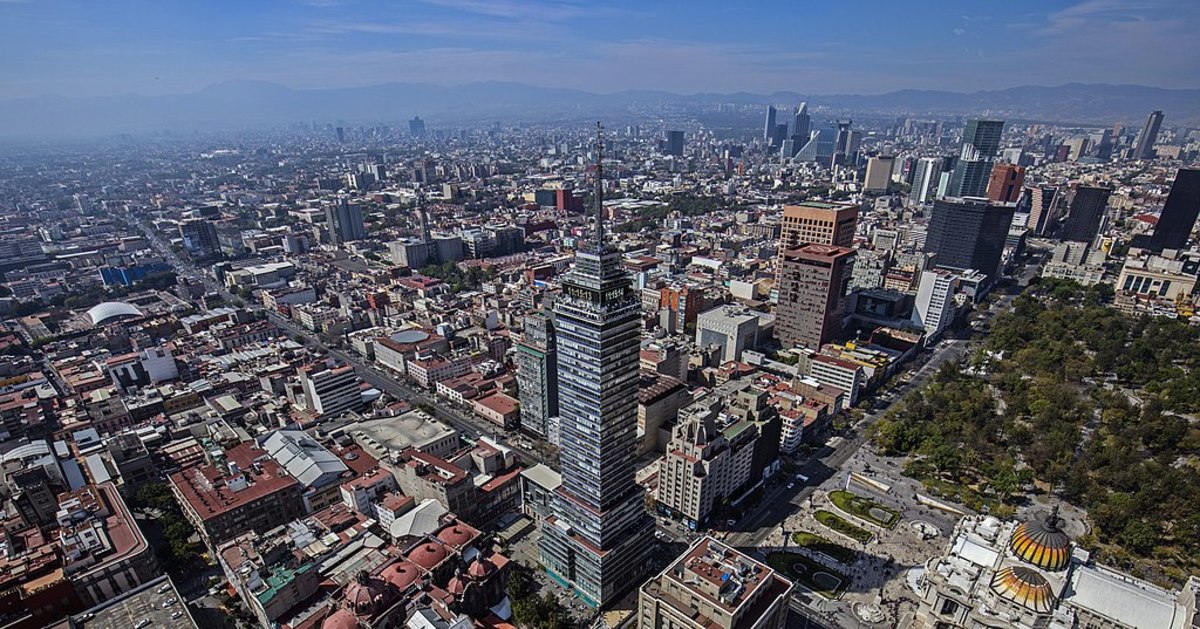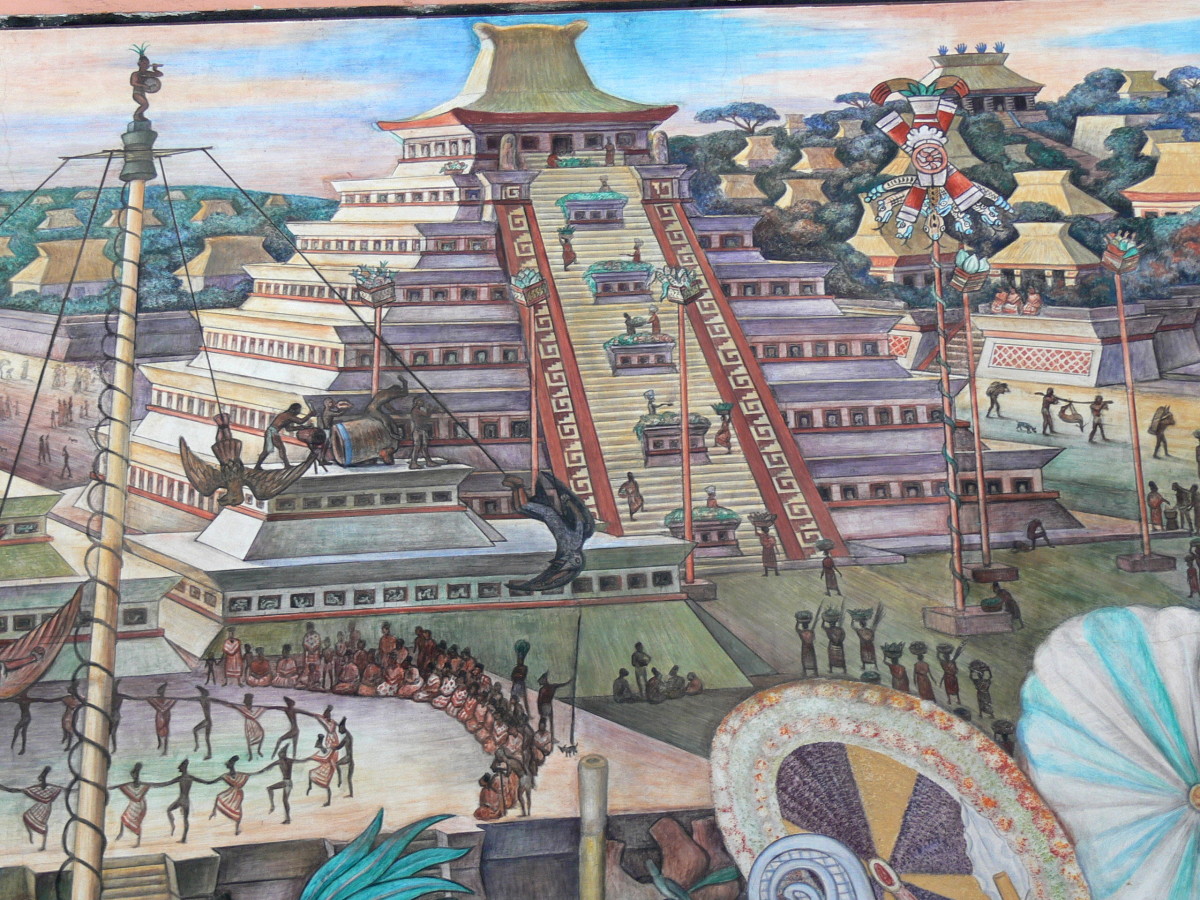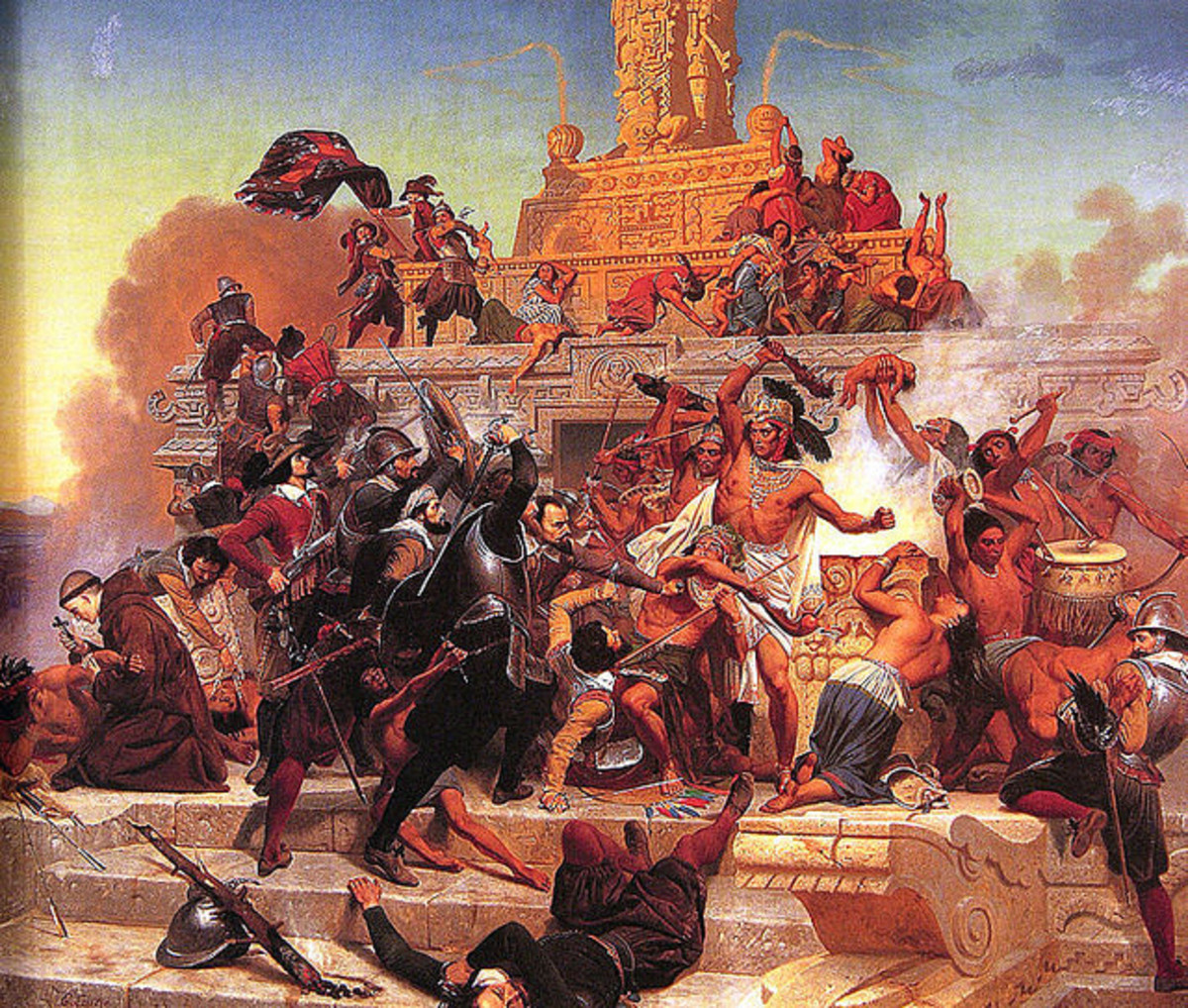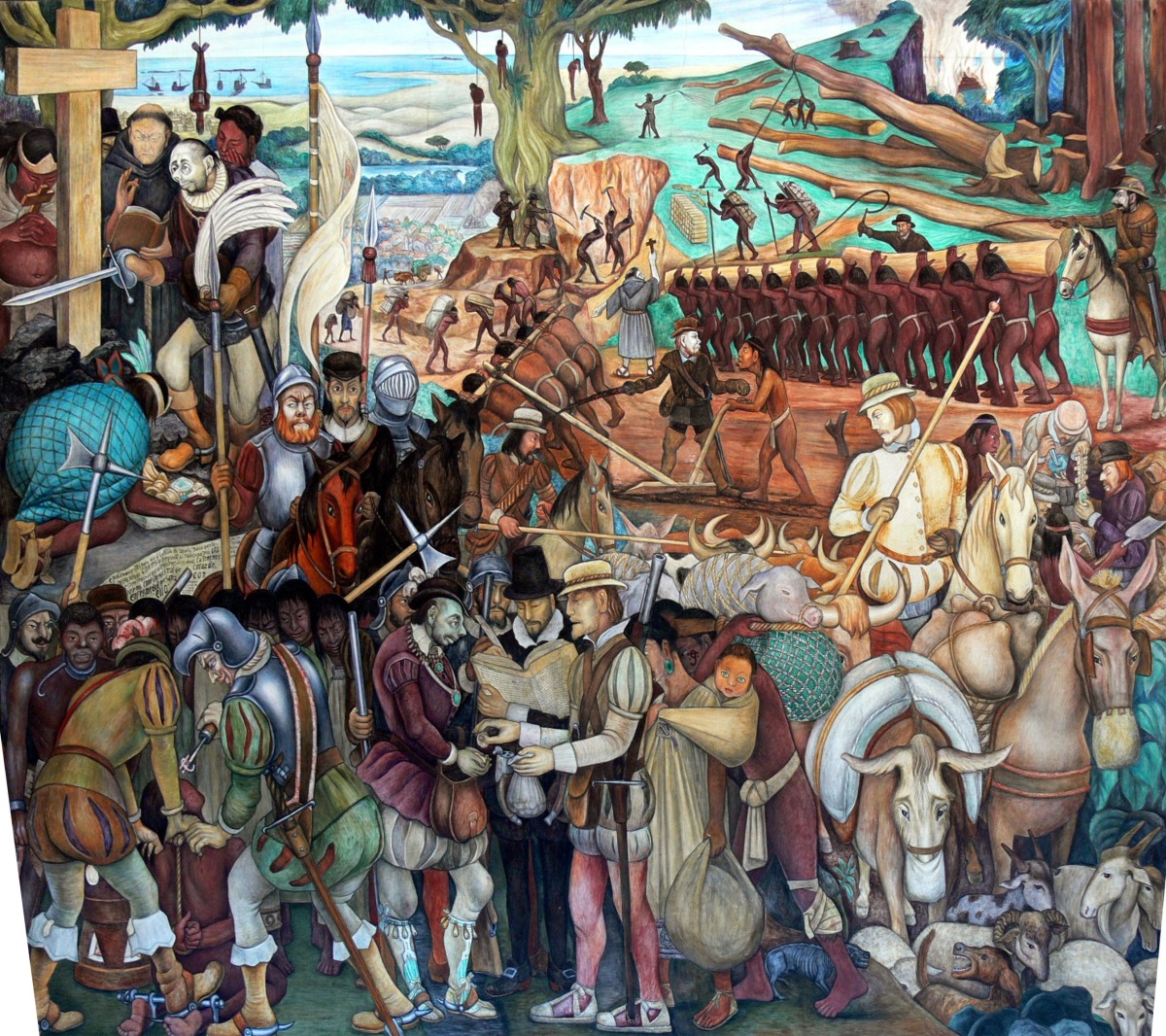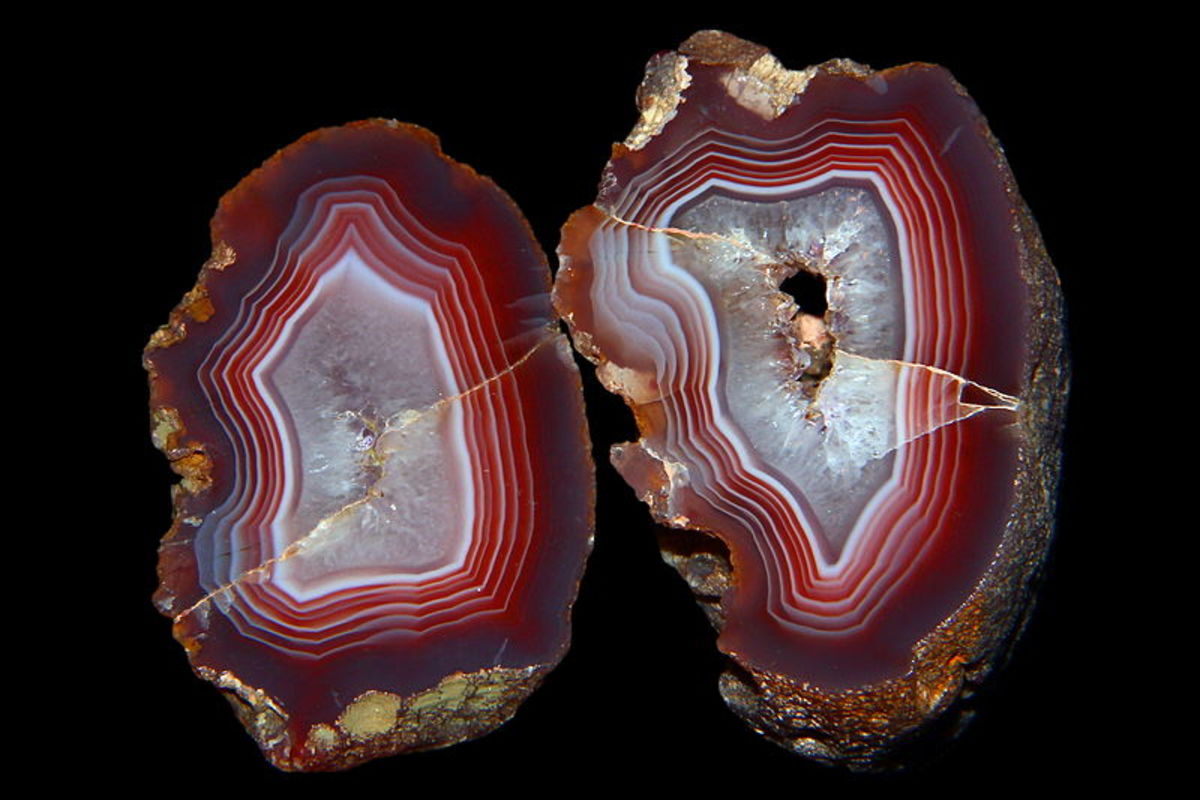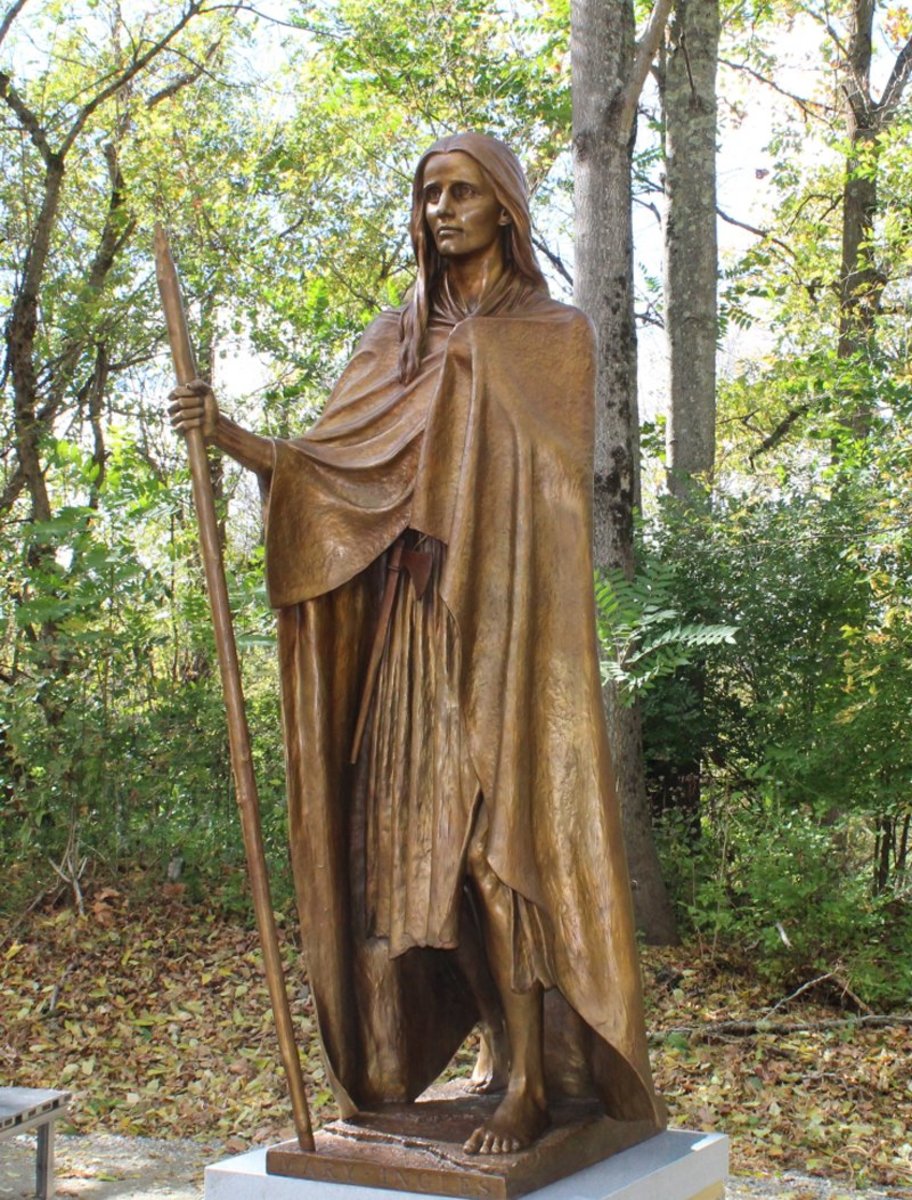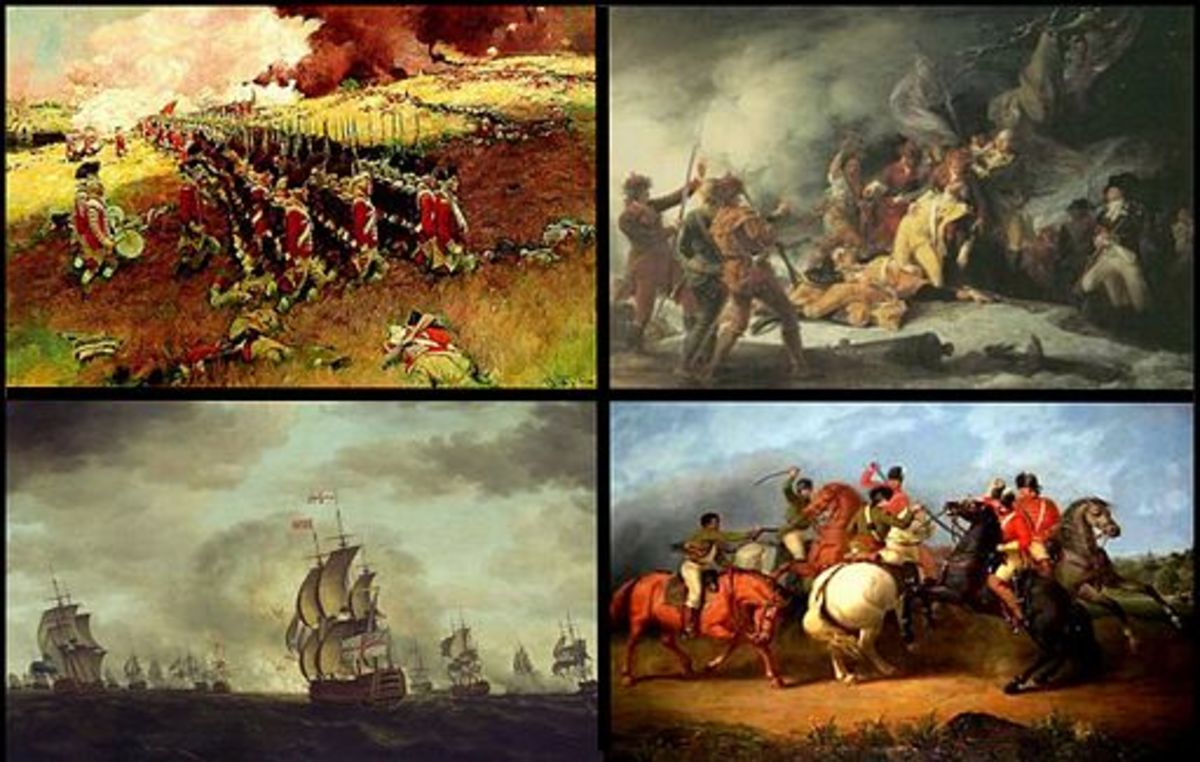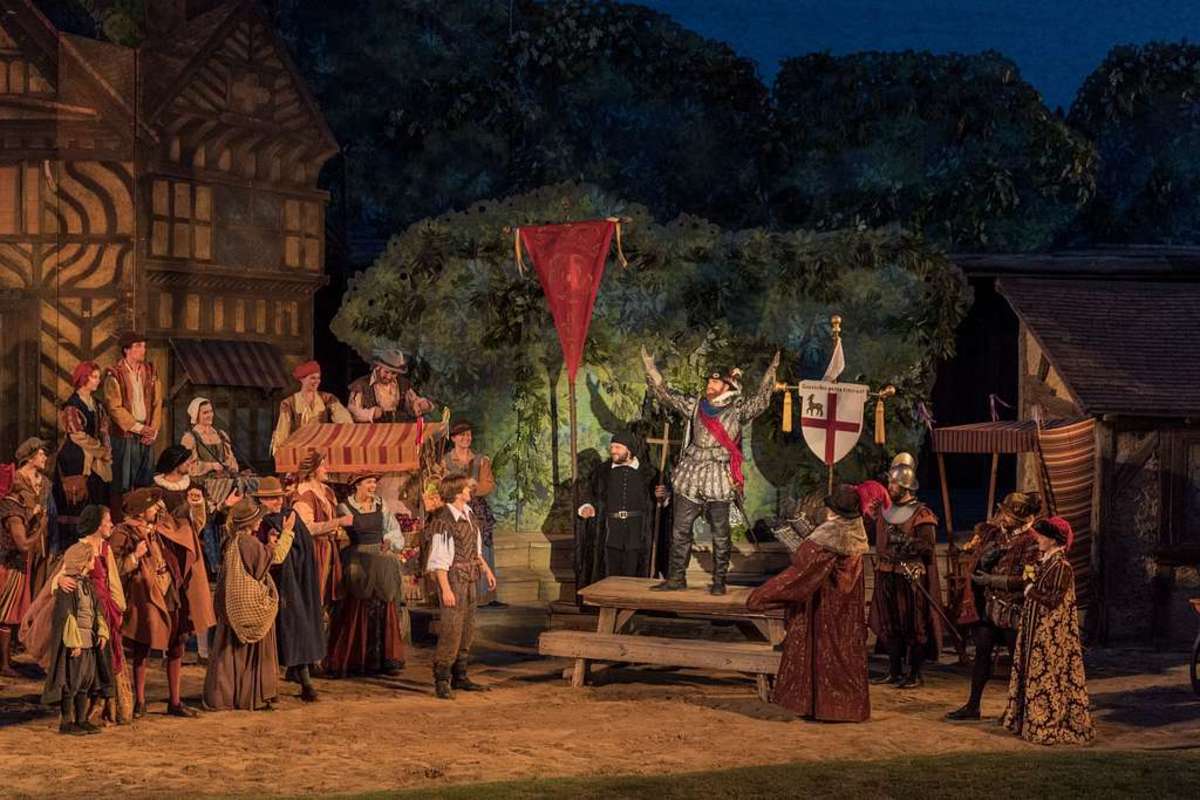- HubPages»
- Education and Science»
- History & Archaeology»
- History of the Americas
Los Conquistadores and the Aztec Empire of Mexico
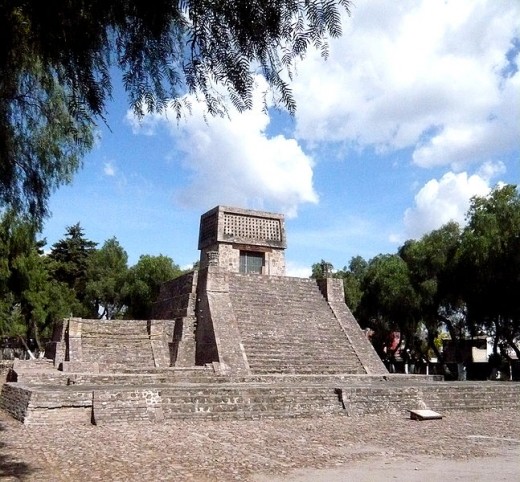
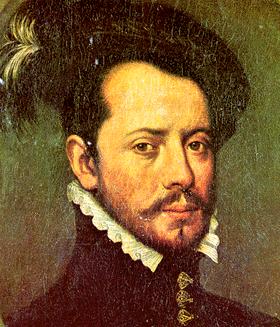
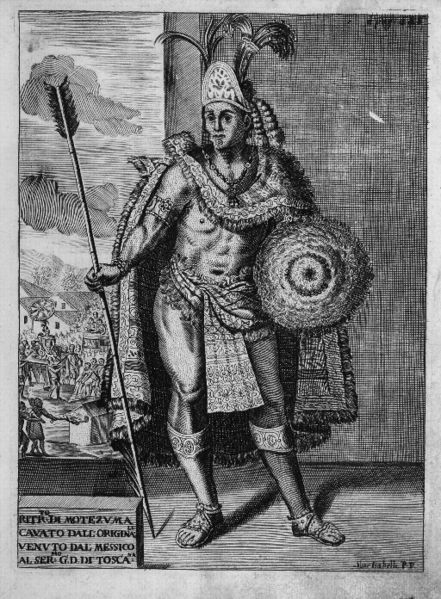
Spanish Conquest of the Aztec Empire 1519-1521
As most of us know, the discovery and conquest of the Americas was done by the Spanish Empire in the 1500's. Columbus began with the discovery of the Caribbean Islands and has been given credit for founding America in 1492. Next, Florida and California were founded and taken over by the Spanish and Spanish missionaries quickly formed in the Americas. But, after Columbus, who is the most famous of the conquistadores?
Beginning in 1519 and lasting until 1521, Hernan Cortezand his band of sailors and soldiers from Spain began the conquest and colonization of the Aztec Indian Empire in Mexico at what is Mexico City today. Cortez conquered the last great Mexican Indian empire left in Mexico - the Aztecs, who had a great culture and place in Mexican history. They ruled from the great city of Tenochtitlan, a beautiful canaled city, situated where Mexico City is today. They were an intelligent and fierce warrior people and ruled the central area of Mexico from the 1300's. It took the European white man's guns and disease to nearly wipe out the Aztecs and to conquer the remaining people and enslave them to the Spanish.
Most accounts of the conquest of the Aztecs are written by the Spanish. Our primary sources of information come from the letters Cortez wrote to King Charles V of the Holy Roman Empire and Bernal Diaz's written manuscript, The Truthful History of the Conquest of New Spain. There are some indigenous accounts of the conquest documented as early as 1528, but as is the case of most of history, the conqueror's version of the conquest is what becomes "fact."
We do know that ten years before the arrival of Cortez in Mexico, the Aztecs experienced various omens of natural and supernatural order, but they did not understand the meanings of these signs until the Spanish arrived in 1519.
Cortez arrived in what is today the coastal city of modern-day Veracruz, Mexico. Cortez and his men built up this town and used it as the starting point of their attempt to conquer the Aztec empire. He scuttled his ships purposely to strand his expedition in Mexico so his men could not leave and go back to Cuba or Spain, where they previously had been.
Cortez led his soldiers inland towards the legendary Tenochtitlan looking for Aztec treasure that was supposed to include much gold. The tradition at the time was that the King of Spain would claim 20% of all the spoils that Cortez would find.
The first Indian people that Cortez encountered on his way to Tenochtitlan and the Aztecs, were the Tlaxcala tribe. The Tlaxcala tribe of people were the bitter enemies of the Aztecs because of prior conflicts. Cortez elicited the help of the Tlaxcala people in his quest to conquer the Aztecs. Cortez formed an official alliance through an exchange of gifts with the Tlaxcala against the Aztecs.
Cortez marched his soldiers and the Tlaxcala warriors to the city of Cholula, conquered the people there and set the entire city on fire and massacred the people living there. This massacre had a chilling effect on the other Mesoamerican cultures in Mexico especially the Aztecs.
When Cortez arrived at Tenochtitlan and contacted Moctezuma II, the ruler of the Aztecs and the Aztec empire, Cortez told Moctezuma he need not fear the rath of Cortez if Moctezuma treated him with respect and gifts of gold.
Moctezuma welcomed Cortez with great pomp and circumstance to Tenochtitlan. He believed these Spanish soldiers and Tlaxcala warriors were the result of the omens many of the Aztecs had experienced ten years earler. Therefore, Moctezuma wished to befriend Cortez and his men. They introduced the Spanish to their Aztec culture with such foods as chocolate, tomatoes, potatoes, pumpkins, squash, corn and beans. Moctezuma even went so far as to have his father's palace prepared to house the Spanish and 3000 native allies.
Cortez gave a list of demands to Moctezuma demanding gold and some about the acceptance of Christianity. Cortez asked Moctezuma to set up shrines to the Virgin Mary and St. Christopher and Moctezuma met all his demands in the name of friendship.
When the demands were met, Cortez immediately seized Moctezuma and made him a prisoner in his palace on house arrest. This was to insure against an Aztec revolt. Cortez demanded an enormous ransom of gold which the Aztecs delivered.
The Aztec nobles were in dismay over Moctezuma's arrest and imprisonment and what they considered Moctezuma's submissive attitude. At this point, the Aztec troops and people rose en masse against the Spaniards and Moctezuma. The Aztecs chose a new leader, Cuitlahuac, to lead them. Cortez ordered Moctezuma to address his people from the palace balcony and persuade them to let the Spanish return to the coast in peace. Moctezuma was jeered by his people and they threw stones at him, injuring Moctezuma badly. He died a few days later, and the Spanish had to flee the city as the Aztecs rose up against them.
As the Aztecs pursued and harrassed the Spanish, they fled to Tlaxcala. Here, Cortez and his men recouped and Cortez and the Tlaxcala created an alliance to conquer Tenochtitlan. This alliance proved to be formidable and Cortez and Tlaxcala began a siege of Tenochtitlan that lasted eight months. At this time also, smallpox became an epidemic to the Aztec people and devastated and decimated them. Tenochtitlan fell in August of 1521 when the last Aztec ruler, Cuauhtemoc. surrendered to Cortez.
The first missionaries to enter Tenochtitlan tried to learn Nahuatl, the Aztec language, and their culture. The Aztec noble class learned Spanish and learned to write in Spanish. They accepted the Christian religion. The natives were not suppose to become slaves, but this is what eventually happened because of the discovery of silver mines in Mexico. The natives were eventually forced to work in the mines which contributed to most of the wealth sent back to Spain.
To reward his Spanish army, Cortez granted his soldiers, officers and native warriors large parcels of land and native labor under the Spanish land management system. The Aztec educational system was abolished and replaced by limited church education.
As Spanish men and soldiers intermarried with the Aztec women, the Aztec culture became diluted and more and more Spanish customs and language took over the everyday life of the natives in Mexico.
Cortez and his men drained the beautiful canals of Tenochtitlan and added land fill and began to turn the Aztec empire capital into the capital city of Mexico - Mexico City. For nearly 300 years, what is today known as modern Mexico was ruled by the Aztecs. It was a harsh, brutal and violent conquest and rule during those years. The Aztec cultire and empire was destroyed by Cortez, the Spanish and their greed for riches and land. Today, the Aztec pyramid ruins in and around Mexico City, Mexico are all that are left of the mightly Aztec empire which ruled Tenochtitlan and the surrounding area for over 200 years.
Copyright 2012 Suzannah Wolf Walker all rights reserved
